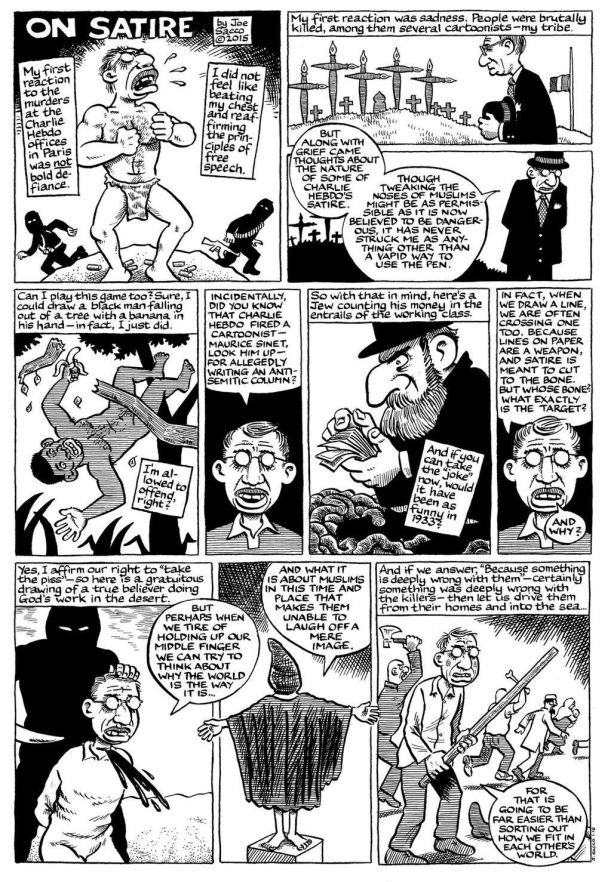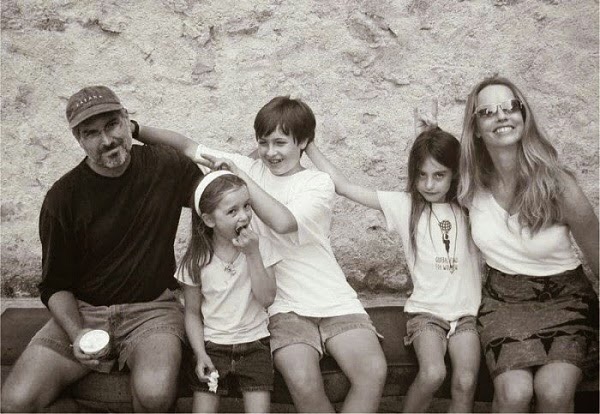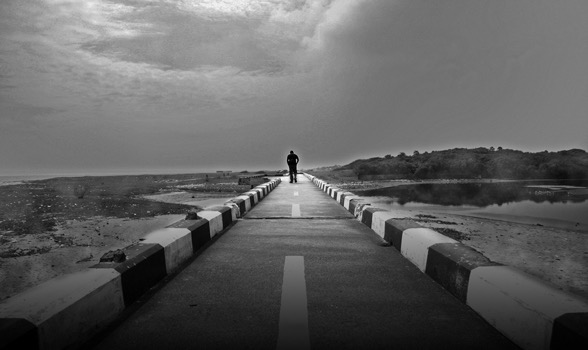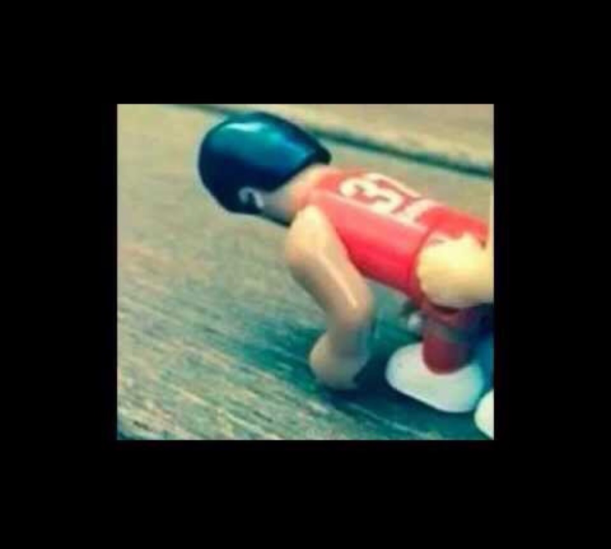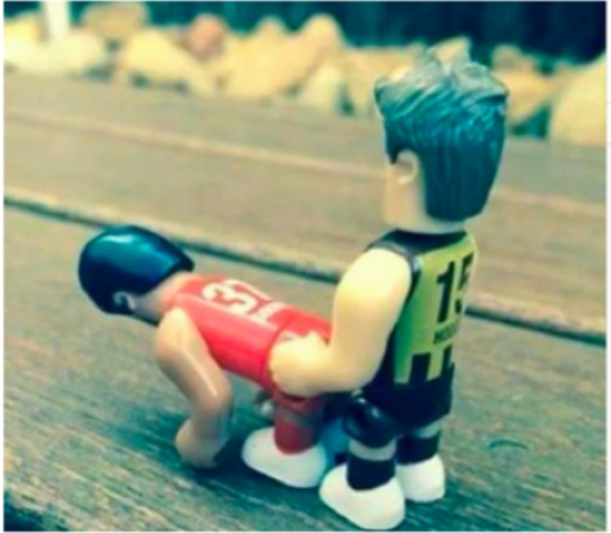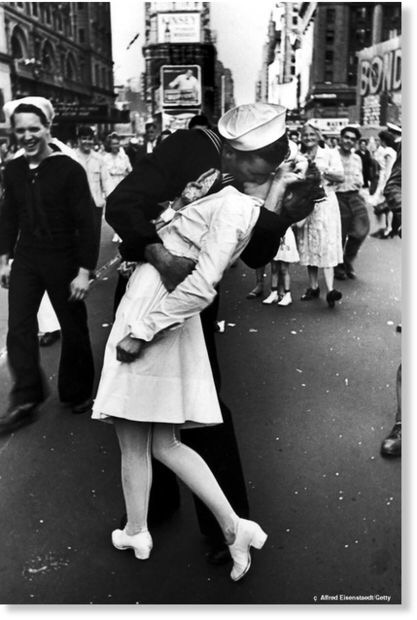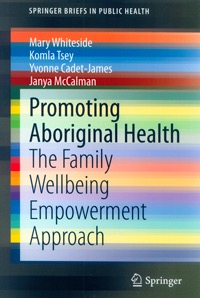SAY NO TO MAYWEATHER
IT IS TIME ALL SPORTING CODES SAID NO MORE
Just when you thought the disrespect from sporting codes for women could get no worse we get the announcement of Floyd Mayweather to tour Australia. He surely is the poster boy for Violence against women a history of violence, that not even incarceration could change his attitude to women. As a boxing fan the shame that he and those grubby promoters behind this tour bring to the sport is beyond belief. At a time when boxing in Australia is on the verge of a new revival led by so many who do the right thing with dedication, hard training and respect for others that we should go down the road of disrespectful charlatans who put themselves before all others is a disgrace. I have e-mailed the Immigration Minister Peter Dutton urging him to not allow this tour to happen and I urge you to do the same. The address is minister@immi.gov.au
It is not only boxing that has this type of Issue it is virtually every sporting code and it is time we all played a part in the changing of that attitude. This is not just about respect for women but also about what we want our next generation of men to be by stopping Mayweather coming to Australia is a message that our youth need to see. As I said it is not just boxing it is all codes that must change and that change must start with us the fans following is a few examples and my thoughts of changes that must happen to help end the cycle of violence against women. Sports people should never be the role models, parents should be, however if children observe their parents and society cheering these people who should be pariahs then we will see the cycle continue.
Where to start when looking at other codes would seem obvious with the actions of the NFL this year. Where there were so many cases and different often bewildering responses to domestic violence and other issues. Most would of seen the Ray Rice incident where he knocked his then fiancé now his wife out in an elevator well Ray Rice is free to play again in the NFL after his appeal was upheld. The fact that initially his suspension was only 2 weeks should be the commissioners reason to resign, however this won’t happen as neither he nor the NFL ownership groups have any respect for women, Other than as a revenue source or as trophies for these billionaires and millionaires to display.
All codes have histories of protecting the perpetrators of violence against women and victim blaming at their core. The fact that the worst offenders are also the major codes in their countries or provinces from NFL in the USA, to Association football in many countries, and shamefully, in Australia, the NRL, and AFL. All of these codes have sham Womens days or rounds where they in an attempt to drag more $$$$ into their pockets claim to show respect for women.
2 / 3
So where does the responsibility lie, with the Judiciary, leagues, broadcasters, sponsors, clubs, players, or in truth the fans. All are culpable in their willingness to defend the star player while trampling on the dignity of all women.
For the Judiciary it should be easy prosecute and sentence when found guilty. Unfortunately it doesn’t happen that way. Fan boy judges have made a mockery of the legal system to such a point that I could not use the term justice system, as for women who have been abused and subjected to violence by players there is no justice.
For the leagues themselves it is time they realized that their continuing to allow those who commit these acts to have the privilege of playing must end. The excuses used to justify these offenders to continue to play would be laughable, but assaulting women is no laughing matter. The parade of players who‘s wives girlfriends withdraw or don’t press charges is endless, and the pressure put on these victims is a disgrace.
The Broadcasters while ever they continue to have a blokes culture and jobs for the boys mentality, the story will remain the same. Watch most shows based around the players and ex-players and if you get ten minutes in without having at least one sexist comment I would be amazed.
The advertisers and sponsors must be made to see that endorsing abuse of women by allowing their corporate brand to be associated with Leagues and teams, who condone this abuse, will eventually leave a stain on their brands too large to ignore.
That clubs in the week that they were endorsing White Ribbon Day were signing or in the throes of wooing offenders to their clubs. This far more than their empty words show the true nature of the clubs opinion of women and where they stand in the game.
The players again so many players made statements on White Ribbon Day of No to Violence against Women. These same players who happily play with offenders, and so quickly anytime that one of their teammates offend leap to his defense, while just as quickly sowing the seeds for victim shaming so that their thug mate walks free.
The fans are perhaps the worst of all, for if the fans stop accepting this behavior from all the preceding groups change will happen. If a Player offends or is happy playing with offenders don’t cheer them. If your club plays offenders don’t buy memberships or merchandise. If advertisers and sponsors are unwilling to make a moral stand don’t buy their products. If broadcasters refuse to change their practices change the channel. If leagues won’t take action simply don’t go to games in particular rep football, where it clearly falls on the league, if they allow offenders to play at that level. The judiciary here to we the fans can make a change, let Governments know that we will not accept sentencing that is of another standard for players. These Judges must be held to account and the only way we can ensure this is through the ballot box if governments don’t act.
3 / 3
It is clear that all of us are to blame, in some way judges, leagues players, fans and the rest but in all this there is one group not to blame nor should they ever be blamed and that is the Victims.
Say no to Violence Against Women say no to Victim Shaming.


